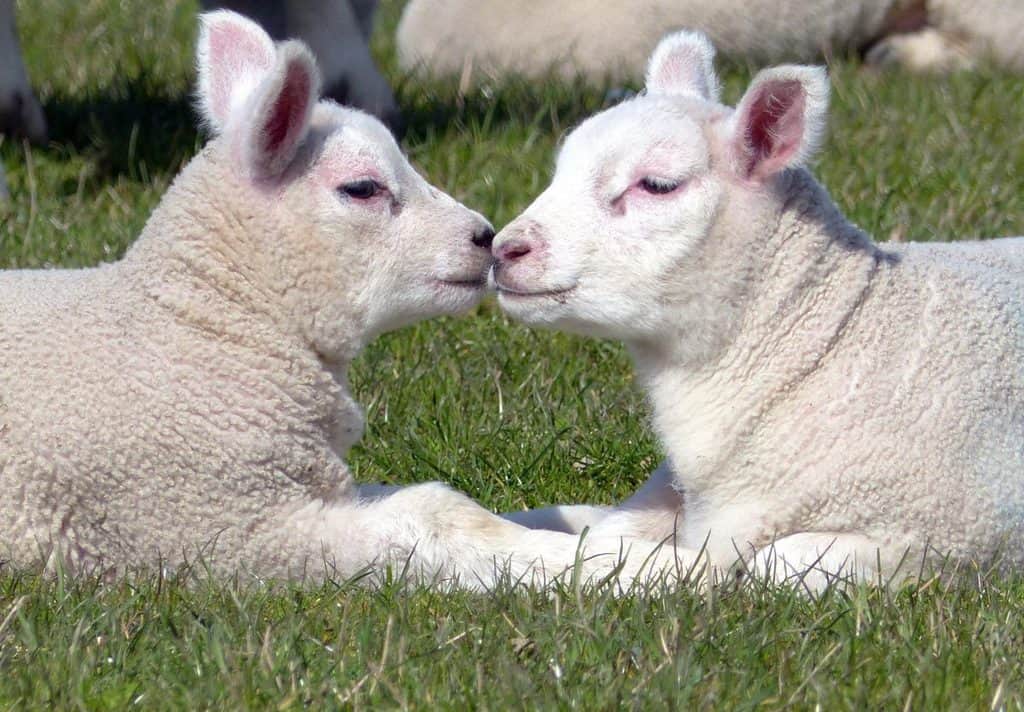Finding the positives in animal welfare
Image: Positive animal welfare aims to provide opportunities for rewarding activities
Researchers at Scotland’s Rural College (SRUC) have found a significant overlap between the views of farmers and scientists on positive animal welfare.
In the first study of its kind, livestock farmers were asked directly what they thought about the concept of positive animal welfare.
The study, by Belinda Vigors and Alistair Lawrence from SRUC’s Animal Behaviour and Welfare Team, also looked at how farmers’ current practices overlap with potential positive welfare opportunities.
In addition to minimising the negative things in an animal’s life – such as stress and health issues – positive animal welfare aims to provide opportunities for them to take part in rewarding activities like playing and forming social bonds.
The researchers found similarities between the management and husbandry practices used by livestock farmers and what animal welfare science suggests may improve an animal’s wellbeing.
These include giving animals opportunities to make choices – such as whether to be inside or outdoors; raising livestock in the same groups to support the development of social bonds; recognising the importance of play as an indicator of animal wellbeing; and making breeding decisions focused on long-term health and welfare improvement.
However, the researchers – who interviewed livestock farmers from the dairy, beef, sheep, pig and poultry sectors across Scotland – also found farmers felt positive welfare opportunities were only relevant once an animal’s needs were taken care of.
Belinda Vigors, a social scientist at SRUC, said: “Farmers strongly assert that their primary role and purpose as animal caretakers should be to make sure their animals are healthy, experience as little stress as possible and have their resource needs met. For the most part, they feel that once this is achieved they can leave the animal to engage in positive welfare opportunities of their own accord.
“In short, they feel that positive welfare can arise indirectly out of minimising the potential burdens or stresses in an animal’s life.
“While it is really positive to find similarities between the science and farmers’ perspective, the opportunities for positive welfare may depend on the specifics of the farm and its system, which means that more direct, rather than indirect, inputs may be needed to create positive welfare opportunities under some conditions.”
The researchers concluded that while this presents significant challenges for the development of positive welfare indicators, due to the need for these to be flexible enough to adapt to the individual characteristics of different farmers and farms, their findings will help the industry see how and where its current practices relate to the concept of positive welfare.
“We hope it may help the farming sector recognise the positive things they are already doing and build on this to promote a more positive discussion with regards to animal welfare,” said Belinda.
The research was funded by the Scottish Government’s Rural and Environment Science and Analytical Services (RESAS) division as part of the Productive and Sustainable Land Management and Rural Economies theme.





